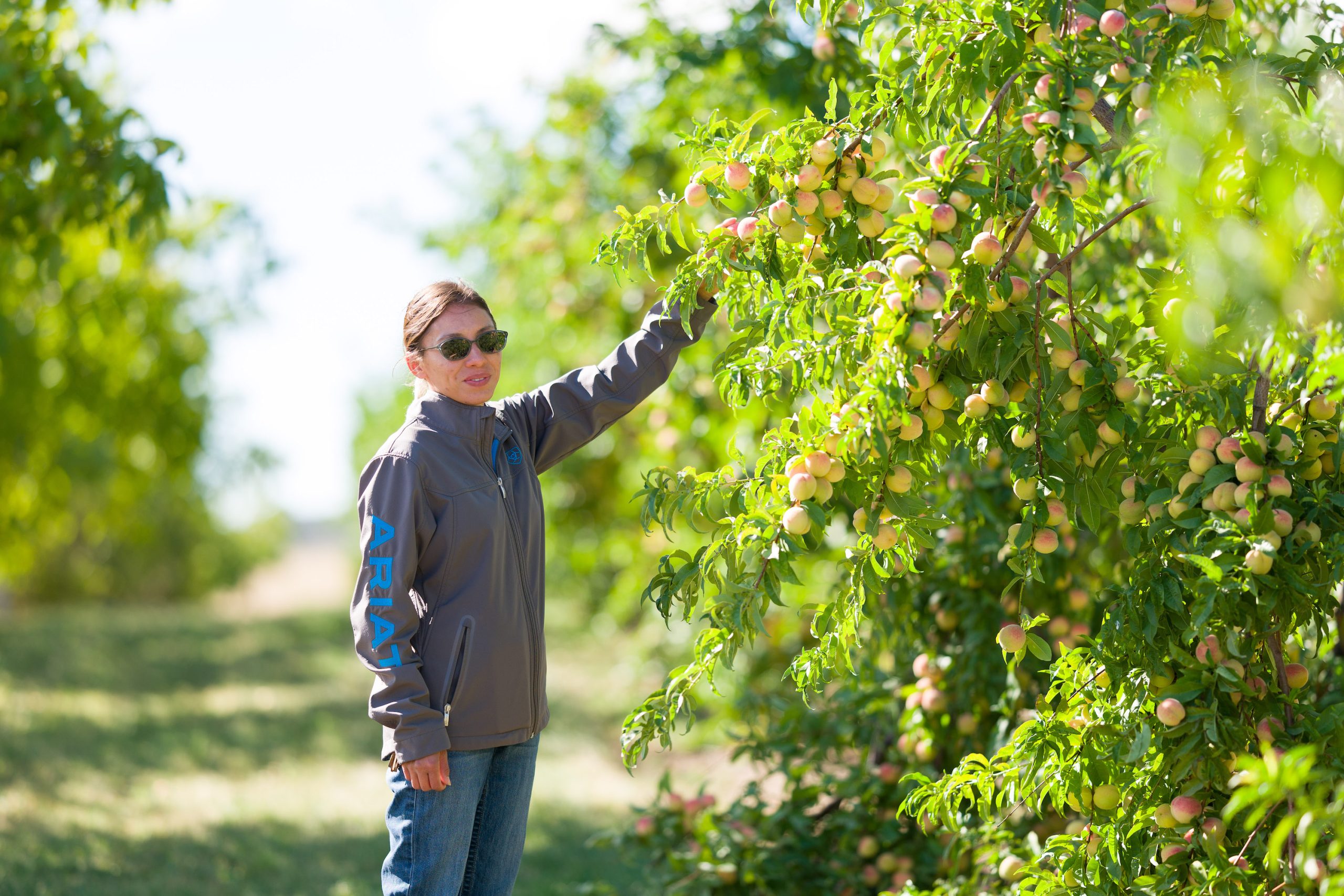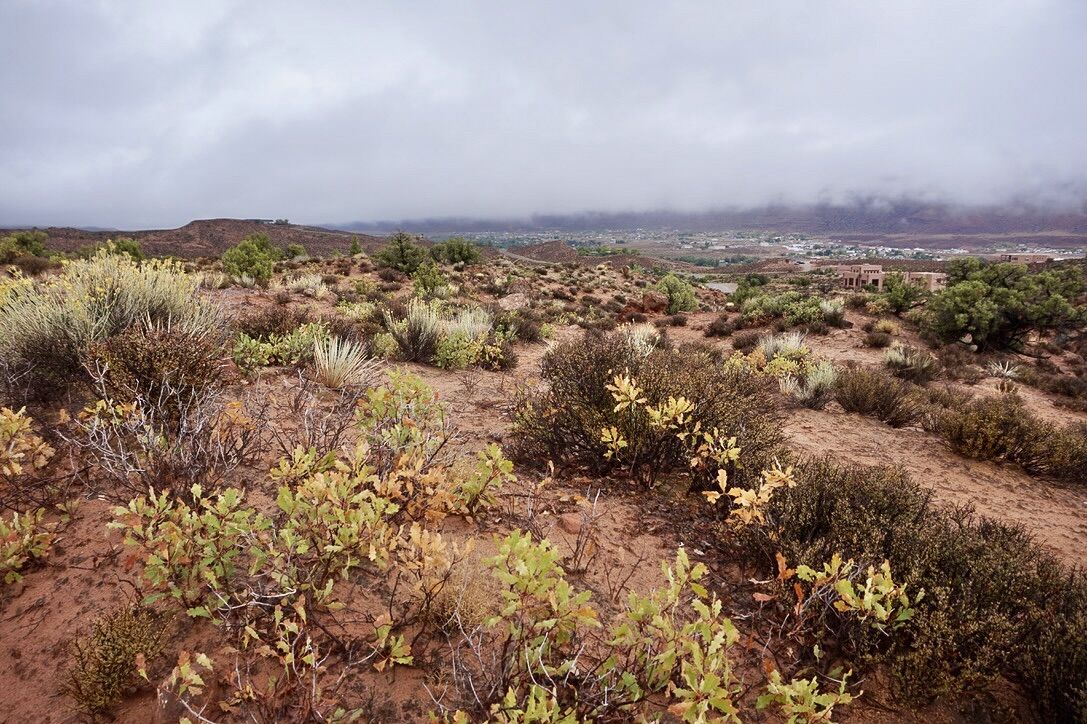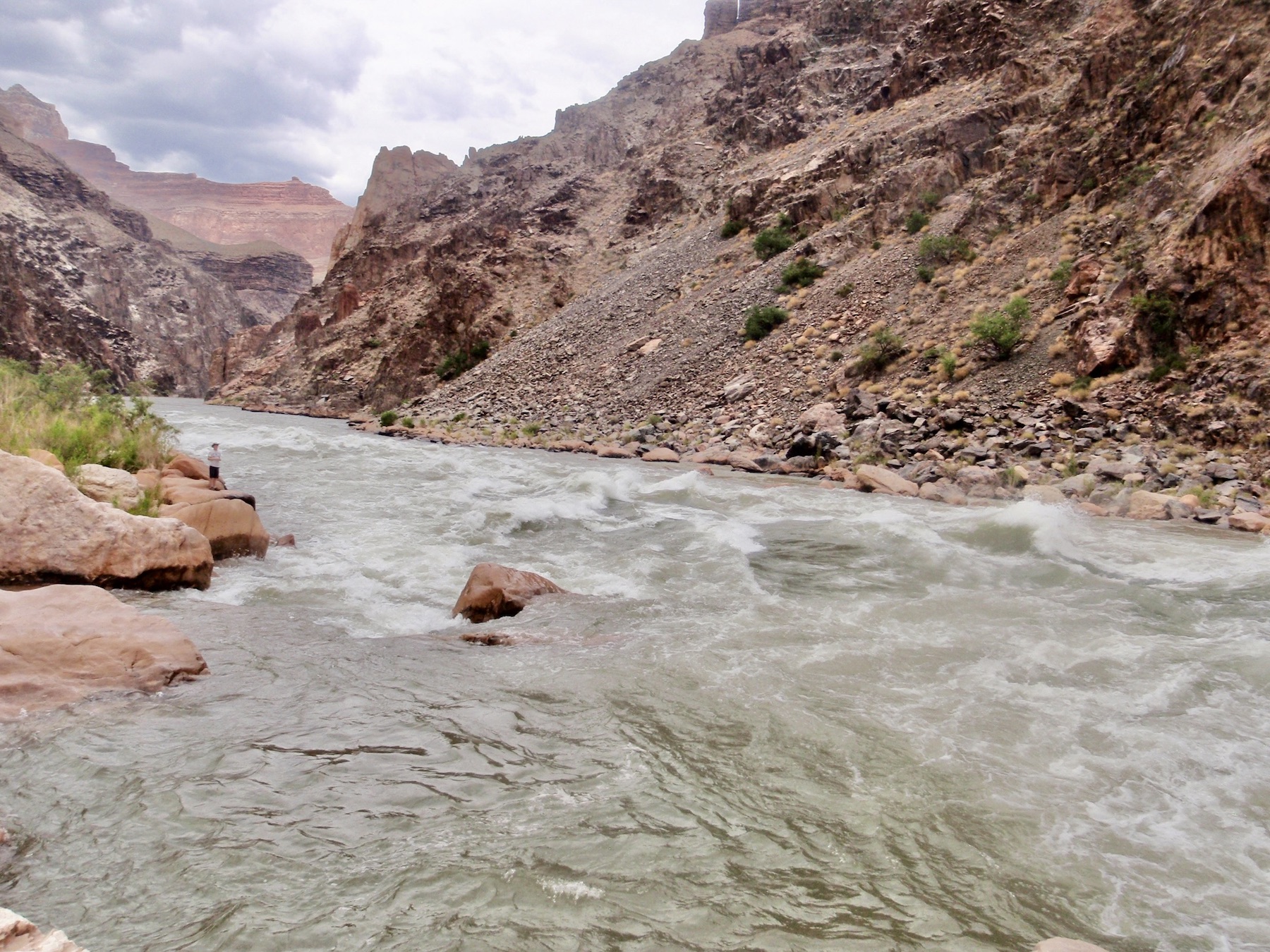
Living with Volcanoes on the Colorado Plateau
Science Moab talks to Dr. Michael Ort about how an ancient explosion may have helped Indigenous populations grow

Science Moab talks to Dr. Michael Ort about how an ancient explosion may have helped Indigenous populations grow

eter Flaig is a research scientist at the Bureau of Economic Geology in Austin, Texas, and has studied the geology of this seaway by looking at deposits from the southwest U.S. into Canada and Alaska.

For about two years, a Bureau of Reclamation salinity control facility in Paradox Valley was dormant; this month, it’s resuming operations at a reduced capacity. The Paradox Valley Unit pumps naturally salty water…

Science Moab sat down with Ann Marie Chischilly, the executive director for the Institute for Tribal Environmental Professionals. She is responsible for managing ITEP’s work with Northern Arizona University, state and federal agencies,…

This week, we talk with Reagan Wytsalucy about traditional foods on the Colorado Plateau.

Southern Utah has a wide variety of species and ecosystems, from desert reptiles to aquatic insects and everything in between. Many scientists come here to study these fascinating ecosystems and here Science Moab…

The Colorado Plateau is home to many knowledge systems from Indigenous communities, which consist of generations-long scientific observation and hypothesis testing. Centering, not excluding, those knowledge systems is essential to preserving the many…

Moab is world-renowned for many different types of outdoor recreation, and a lot of scientific study has gone into developing the best sustainable practices while enjoying nature. This week, Science Moab is highlighting…

In the desert, few issues are as crucial as water. As a historic megadrought continues in the West, water usage is at the top of mind for many scientists. Hydrologists can help us…

Southern Utah is home to a wide variety of species, from desert reptiles to aquatic insects. In this week’s column, Science Moab highlights key takeaways from conversations with a few scientists who study…